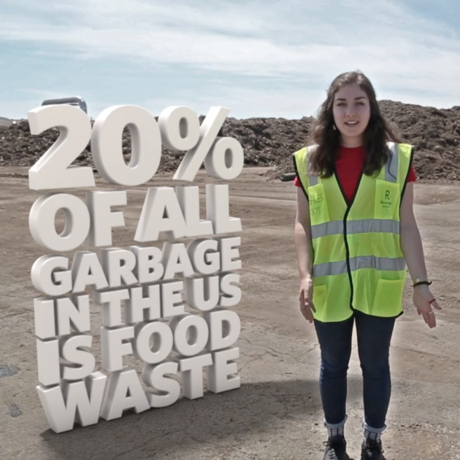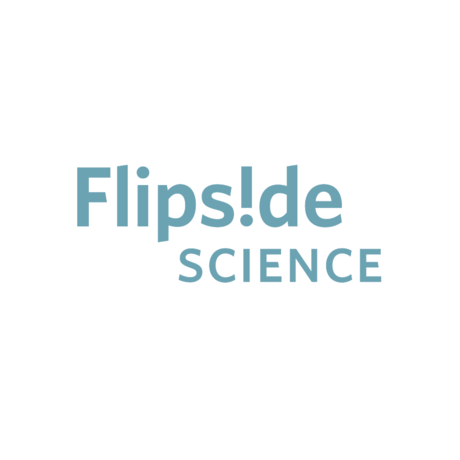Monterey Bay Aquarium Seafood Watch
Seafood Watch is an easy-to-use seafood guide that will help you choose seafood that’s fished or farmed sustainably.
San Francisco Bay Area Sustainable Seafood Alliance
Wondering where to enjoy sustainable seafood in the San Francisco Bay Area? Check out a list of the San Francisco Bay Area Sustainable Seafood Alliance’s restaurant partners who have taken the pledge to follow Seafood Watch recommendations.
Next Gen Fish Farming
The California Academy of Sciences' Science News team brings you this article about reducing some of the environmental impacts of aquaculture.
Lesson: Sustainable Fishing (grades 4-12)
By using a model for how fishing affects marine life populations, students will construct explanations for one of the reasons why fish populations are declining. They will then work to design solutions for ways of making fisheries more sustainable for the animals and the people who depend on them.
Lesson: How Stable is Your Food Web? (grades 5-8)
Could you describe the kelp forest food web as a system? Your students will design and use a simple model to test cause and effect relationships or interactions concerning the functioning of a marine food web, ranking their hypothetical ecosystems according to their stability when faced with a natural or man-made disturbance.
California Trout: Fish in Hot Water
45% of California’s native salmon, steelhead, and trout will be extinct within 50 years if current trends continue. In this science-based report, learn about which species are in hot water, what is threatening their survival, and how you can help.

